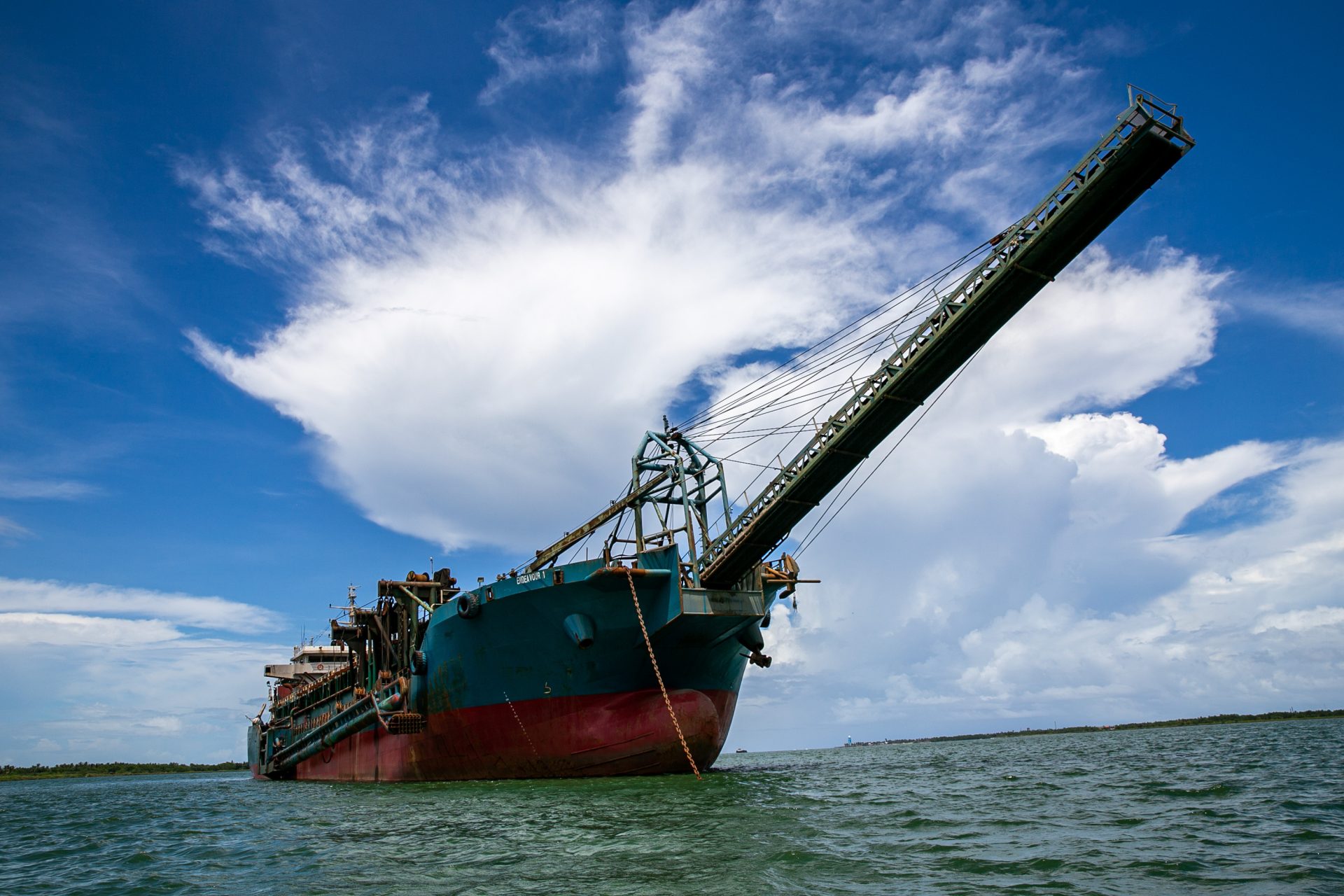On July 4 this year, a Chinese vessel ran through a floating line of Edison Palattao’s fishing net a few hundred meters from the mouth of Cagayan River in the northern Philippines.
The 48-year-old fisherman tried to demand compensation from the Chinese crew, but “they just said ‘ya ya ya’ when I showed them the damaged fishing net,” he said.
He lodged a complaint before the municipal government and the local office of the Philippine Coast Guard, but no action has been taken until now.
On September 8, RJ Pacubas, 23, went home crying after the same foreign vessel destroyed the fishing net his late father left him.
“It was the only inheritance I had,” said the young man. “Now, I have no idea how to acquire a new one,” he said, adding that it his family’s only “source of living.”
The “Endeavour 1,” which rammed Palattao’s and Pacubas’ fishing nets, is manned by a crew of Chinese nationals. It is described as a “dredger vessel” that collects sand, gravel, and sediments from riverbeds and seabeds.
The vessel can carry up to 8,000 metric tons of sand that it hauls to “Hongchang,” the so-called “mothership” that transports sand materials out of the country.
Catholic priest Manuel Catral of Aparri said the “Hongchang” has ferried sand materials from the Philippines at least four times already since dredging operations started in Cagayan.
The priest, who is the lead convenor of the group Cagayan Advocates for the Integrity of Creation, said the ship is most likely transporting black sand materials to China.
“Hongchang,” a 25-year-old bulk carrier that is currently sailing under the flag of Panama, can haul up to 64,000 metric tons of sand materials.
Another type of vessel that is currently anchored in Cagayan River is the so-called “Cutter Suction Dredger,” which utilizes a combination of mechanical excavation and hydraulic dredging when collecting materials.
At least five “Cutter Suction Dredger vessels” are expected to drop anchor off the coast of Cagayan province in the coming weeks.
Another vessel anchored in the area is the “Zhon Hai 68,” which was recently renamed “Fei Fei 1.” It is a dredger ship under the flag of Sierra Leone and is operated by HK Weifeng Hangyun Co. Ltd.
In January, authorities seized “Zhon Hai 68” for “illegal and unauthorized presence” in Philippine waters, about 13 kilometers southwest off Orion Point in Bataan province.
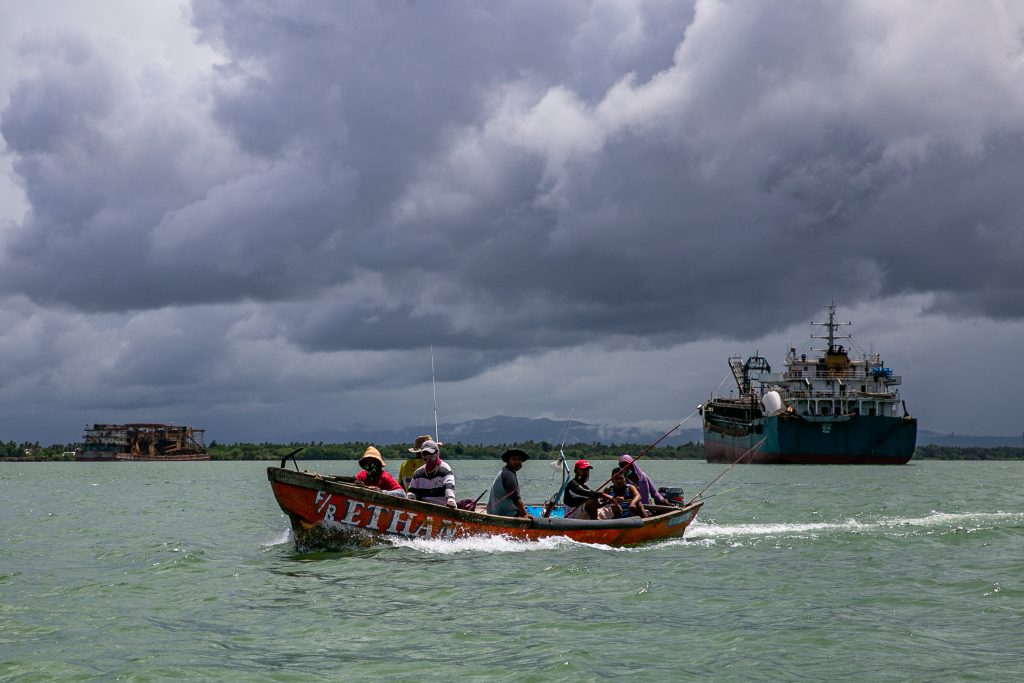
‘Restoration’ project or mining?
The large ships in the waters of Cagayan province is supposedly used for the “large-scale dredging activity” to rehabilitate the Cagayan River and to pave the way for the reopening of the port in Aparri.
In a letter sent to Environment Secretary Roy Cimatu on June 8, 2020, Cagayan Governor Manuel N. Mamba said the local government would “venture with [the] private sector” to undertake “desilting and dredging” of Cagayan River “without cost from the local government.”
Mamba said the involvement of the private sector is due to the provincial government’s “lack of necessary funds” to address the problem that “poses great peril to communities around the rivers due to flooding and soil erosion.”
He said the dredging activity “is not only meant to be a river restoration and flood control project,” but it is also “envisioned to be the enabling activity to ensure the reopening of the Aparri port and establishment of a functioning international seaport.”
Aparri residents and fisherfolks, however, claimed that the large-scale dredging operation “is not just a river rehabilitation project but a black sand mining operation.”
Geric Umoso, a 24-year-old fisherman, claimed that the dredger vessels “are operating not just in the Cagayan River but also at sea” – in the Babuyan Channel.
The Babuyan Channel is the waters between the mainland Cagayan province and the Babuyan Islands in the northern Philippines.
One night in July, at about ten o’clock, Umoso and his fellow fishermen were preparing their boat when “a dredger ship exited the river and started sucking sand at sea.” He said the could hear the vibration in the water “as the vessel collects sand.”
The vessel is among dredger ships commissioned by the Riverfront Construction Incorporated (RCI), one of the proponents of the river restoration project.
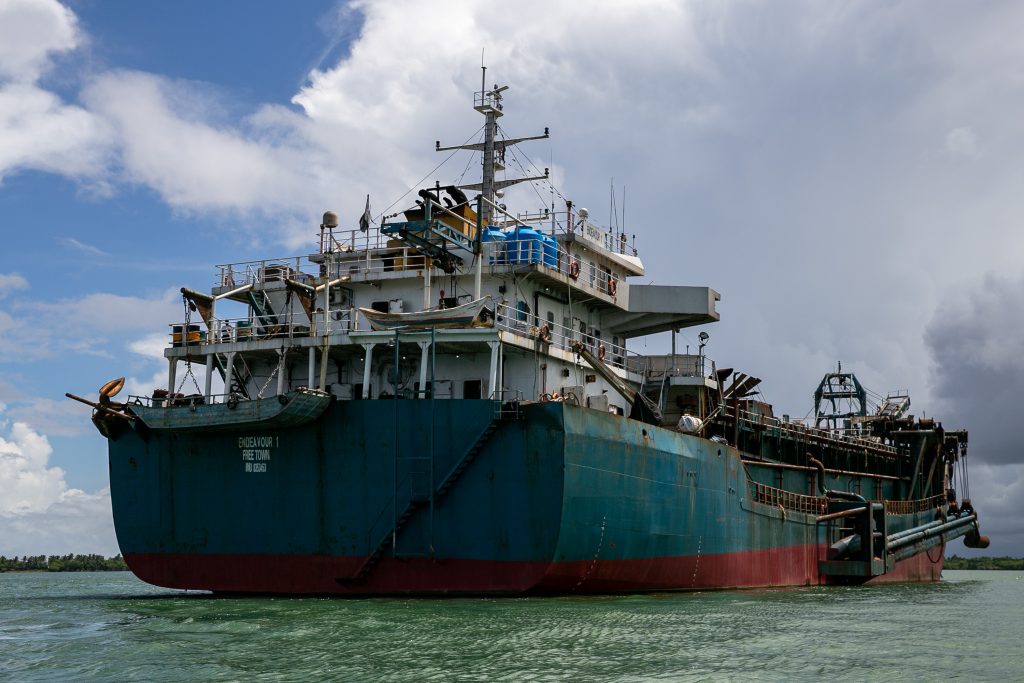
According to the company’s Environmental Impact Statement, the site of its dredging activity is “approximately 6.0 kilometers from the river mouth.”
But the fishermen claimed that the vessels were operating beyond its designated areas. They also complained that the ships have been dumping waste materials in the river.
Ricardo Umoso, president of the Aparri Federation of Aramang Fisherfolk Stakeholder, said he received complaints about wast dumping activities.
“It will definitely become a problem and it will affect the livelihood of the fisherfolk in Aparri,” said Umoso, adding that if the practice continues, “catch will soon deplete.”
There are at least 11,000 fisherfolk in Aparri town, most of whom rely on the famous “aramang (spider shrimp),” which is being exported to other countries, for income.
Father Catral said alleged that the “river rehabilitation project” in the province “is a fraud” as he warned against the impact of the “black sand mining operation” on the environment.
“Dredging will disturb the habitat of the ‘aramang,’ which is the primary source of livelihood of the people here,” he said.
He said the extraction project will also alter the migration paths and patterns for the catadromous fish and euryhaline fish “due to disturbance of their usual environs.”
“We are against the way dredging is being implemented. It is irresponsible,” he said. “We are against the deception and the lies that will hasten the dredging operation,” added Father Catral.
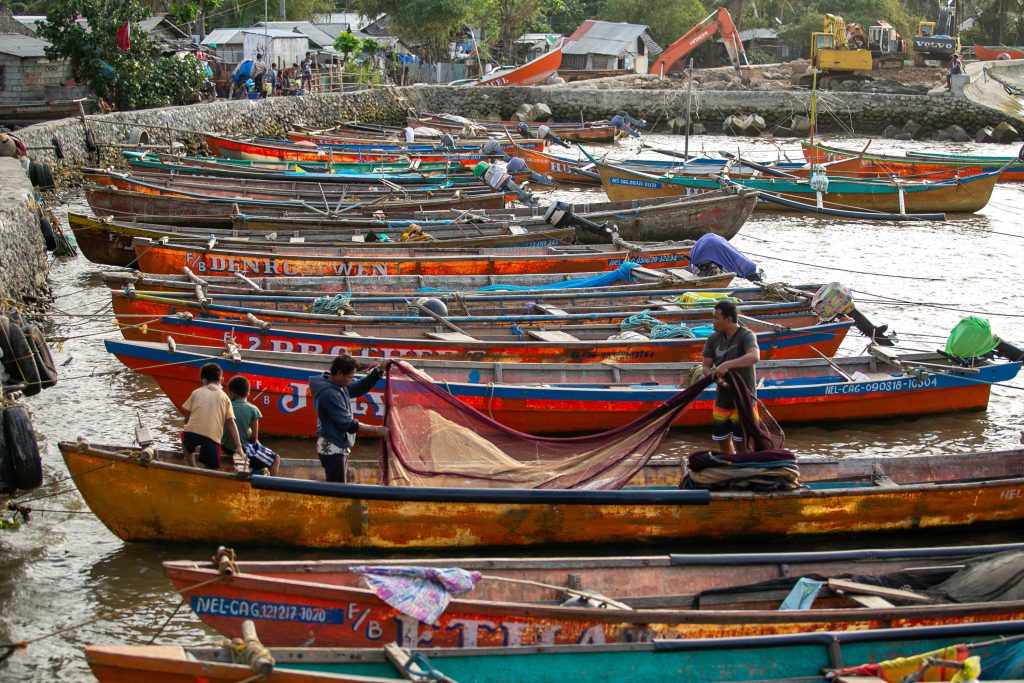
No black sand mining, says governor
Governor Mamba, however, dared those opposing the rehabilitation project “to prove that there is black sand mining operations” involved.
“Tell them this! I will resign as governor if they can prove it. Or if you want, I will kill myself,” said Mamba in a telephone interview.
The governor, who heads the Inter-Agency Committee on the Restoration of the Cagayan River, challenged critics to join authorities during the inspections of the vessels involved in the project.
“They should go on board the vessels and audit if there is really a separator that is capable of collecting black sand,” Mamba said in Filipino.
The governor was referring to the “magnetic separator,” an equipment that can collect iron sand from the sediments. It can be installed on any dredger vessel.
FIshermen Palattao and Pacubas, meanwhile, need at least 60,000 pesos to have a new set of fishing nets.
It remains uncertain if the dredging firm will take the responsibility and pay the full amount of what has been destroyed.
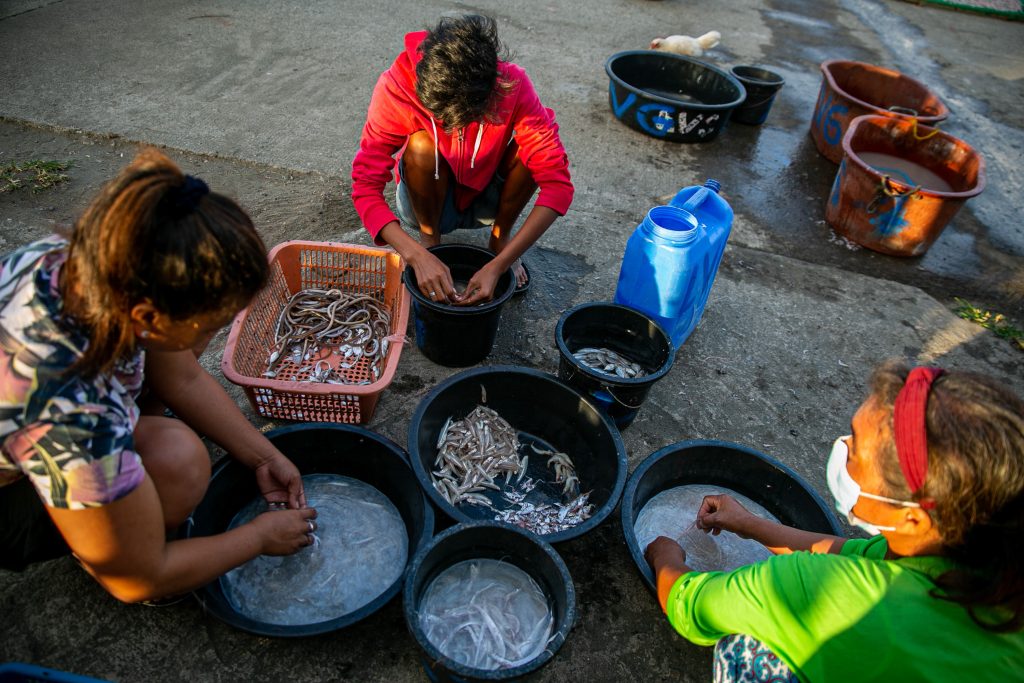
Lawyer Jane Tadlili, municipal administrator of Aparri, said the local government has received the fisherfolks’ complaints and has endorsed it already to the Philippine Coast Guard.
Tadili, however, admitted that “it is unknown who or which government agency” will handle grievance mechanisms.
“We don’t understand why the municipal government cannot talk directly to the dredging firm,” said Tadili in a phone interview.
The Coast Guard said it has forwarded the fisherfolk’s letter of concern to the dredging company and is “waiting for their response.”
Tadlili said the Department of Environment and Natural Resources “has not issued clear guidelines” to address loss and damages that may arise from the dredging project.
“The municipal government has very little authority over these companies even if they are operating within our area of responsibility,” she said, adding that the town “cannot impose sanctions and penalties.”
“There is no prior consultation or close collaboration with the municipal government,” said Tadlili. “We even haven’t seen yet the program of works or the comprehensive plan of this dredging project.”
Governor Mamba assured that his office is “already addressing the problems” of the affected fisherfolk in Aparri.
He called on critics “not to take advantage” of the situation and “agitate” the fishing community to opposed the river rehabilitation project of the government.
This report is commissioned by Caritas Philippines, the national secretariat for social action of the Catholic Bishops’ Conference of the Philippines through the Eco-Convergence Project, which is supported by the Foundation for the Philippine Environment.

